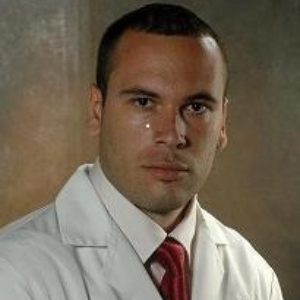Title : Acute traumatic complete rupture of the muscular body of the biceps brachii case presentation
Abstract:
Introduction: Acute traumatic complete rupture of the muscular body of the biceps brachii is a rare condition, with few cases reported in the literature. This case highlights the effectiveness of early surgical intervention in improving clinical and functional outcomes for patients with this specific injury.
Method: A 36-year-old right-handed, healthy, and active man sustained an injury in a road traffic accident involving a seatbelt. He presented to the emergency department with pain, deformity, and functional impairment of the left upper limb, particularly reduced elbow flexion and forearm supination.
Clinical examination revealed tenderness and pain over the biceps brachii, along with a visible groove in the medial muscle. X-rays ruled out bony lesions, and MRI confirmed a complete rupture of the biceps brachii with no other complications.
Surgical intervention was performed. A peripheral overlock suture using Vicryl 2 was applied to anchor each muscle stump. Four modified Kessler sutures of PDS 1 were then placed on each stump. With the elbow in flexion, the muscle ends were approximated and sutured under minimal tension. The overlock sutures were anchored together, reinforced with two cross- stitches of PDS 1. Final inspection confirmed restored continuity. The postoperative protocol included initial immobilization followed by progressive rehabilitation.
Results: Postoperatively, an articulated brace locked at 90° was applied, followed by rehabilitation with a progressive extension mobilization scheme of 20° per week. The patient was monitored at 2–6 weeks, 3 months, and 6 months. MRI at 3 months showed good healing with no suture failure.
Clinically, the patient demonstrated progressive improvement in muscle function, achieving full range of motion and strength recovery.
Discussion: Acute closed complete muscle rupture of the biceps brachii is a rare but significant injury requiring thorough diagnosis and appropriate management. Muscle trauma recovery is challenging due to the limited regenerative capacity of muscle tissue. The literature indicates that biceps brachii muscle ruptures occur notably in parachutists using static lines. This emphasizes the importance of recognizing such injuries in specific populations (Huard et al., 2002; Heckman C Levine, 1978; Oliva et al., 2013).
Conclusion: The management of acute, closed, traumatic, and complete biceps brachii muscle ruptures requires individualized treatment. Early diagnosis, timely intervention, and tailored rehabilitation are essential for favorable outcomes. Further research is needed to establish standardized guidelines for managing these rare injuries.




